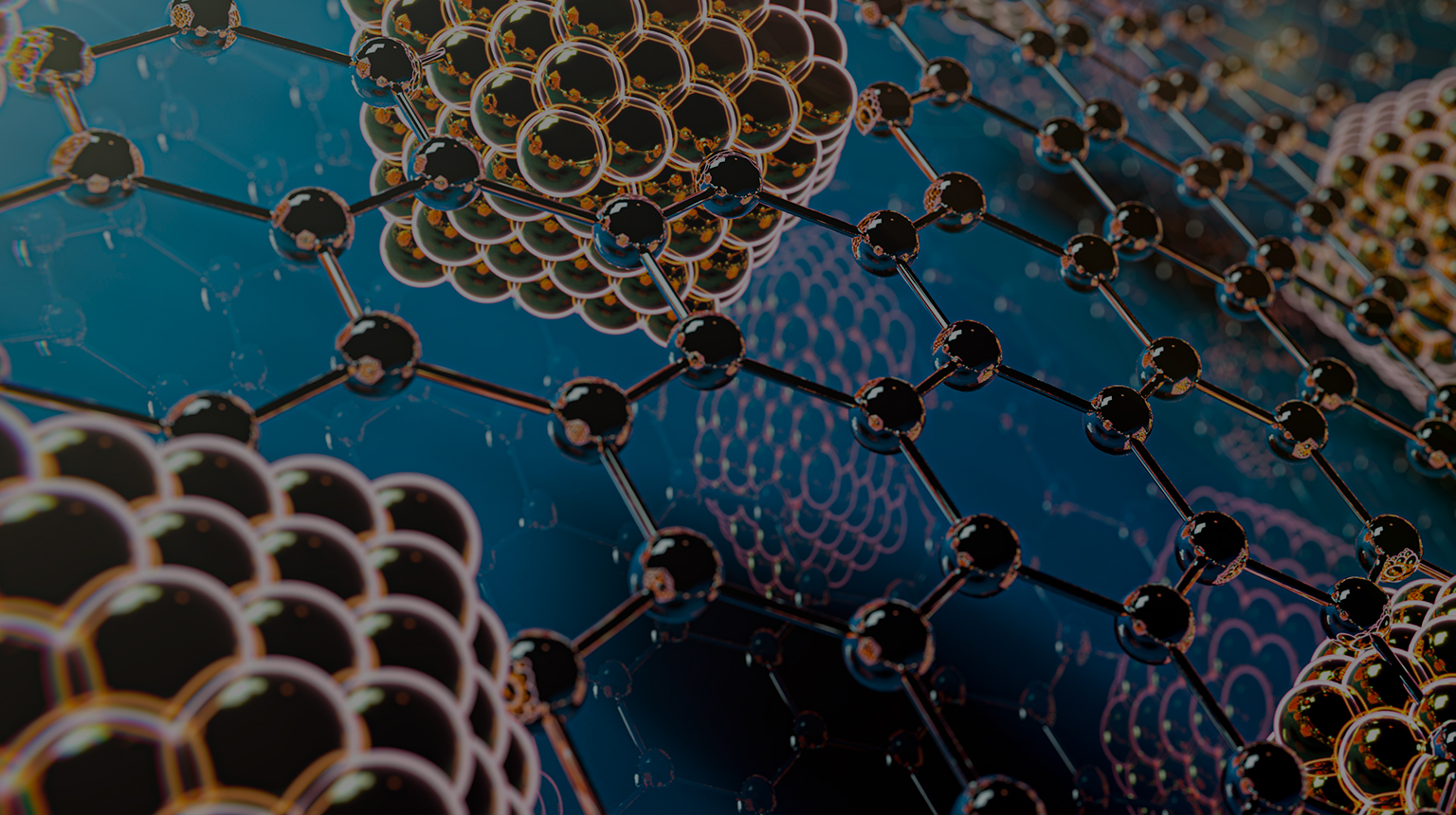

Publication
- HOME
- Publication
Publication
|
Tuneable functionalities in layered double hydroxide catalysts for thermochemical conversion of biomass-derived glucose to fructose
관리자 │ 2024-05-10 HIT 303 |
|---|
|
Journal: Chemical Engineering Journal Authors: Iris K.M. Yu, Aamir Hanif, Daniel C.W. Tsang, Jin Shang, Zhishan Su, Hocheol Song, Yong Sik Ok, Chi Sun Poon Abstract: Layered double hydroxides (LDHs) with varying crystallite sizes (2.6–43 nm), layer numbers (3–70), specific surface area (18–455 m2 g−1), pore volume (0.025–1.6 mL g−1), and functional groups were synthesised via conventional urea hydrolysis and co-precipitation methods and aqueous miscible organic solvent (AMOST) treatment. They were evaluated as the solid base catalysts for the thermochemical isomerisation of biomass-derived glucose to fructose with the aim of establishing the structure-performance relationships for carbon-efficient biorefinery. The results showed that the fructose yield increased with increasing crystallite size of LDHs due to the enhanced exposure of active sites. However, excessive increase in the structural accessibility could be detrimental because high hydrophilicity potentially resulted in water clusters surrounding the active sites and hindering their interaction with glucose. Nano-sized particles in small quantity that were visually indiscernible may partially account for the catalytic activity. The kinetics test suggested that the conversion of glucose to intermediates may act as the rate-determining step when the reaction temperature increased. The activation energy for the LDH-catalysed glucose conversion was estimated to be 52.8 kJ mol−1. The highest fructose yield of 25 mol% was achieved at 120 °C for 5 min in water. The recycling test suggested that the catalytic performance became stable after the second run, possibly due to the formation of a passive layer. This study elucidates the structure-controlled functionalities of the LDH catalysts to serve a base-catalysed biorefinery reaction, and provides mechanistic insights into the active components and the catalyst transformation during thermochemical biomass conversion. Keywords: Sustainable biorefinery, Value-added chemicals, Waste valorisation/recycling, Green solvents, Solid base catalysts, Hydrotalcite-like clay DOI: https://doi.org/10.1016/j.cej.2019.122914 |
| 이전글 | Soil contamination by potentially toxic elements and the associated human health... |
|---|---|
| 다음글 | Reduction characteristics of oily hot rolling mill sludge by direct reduced iron... |





